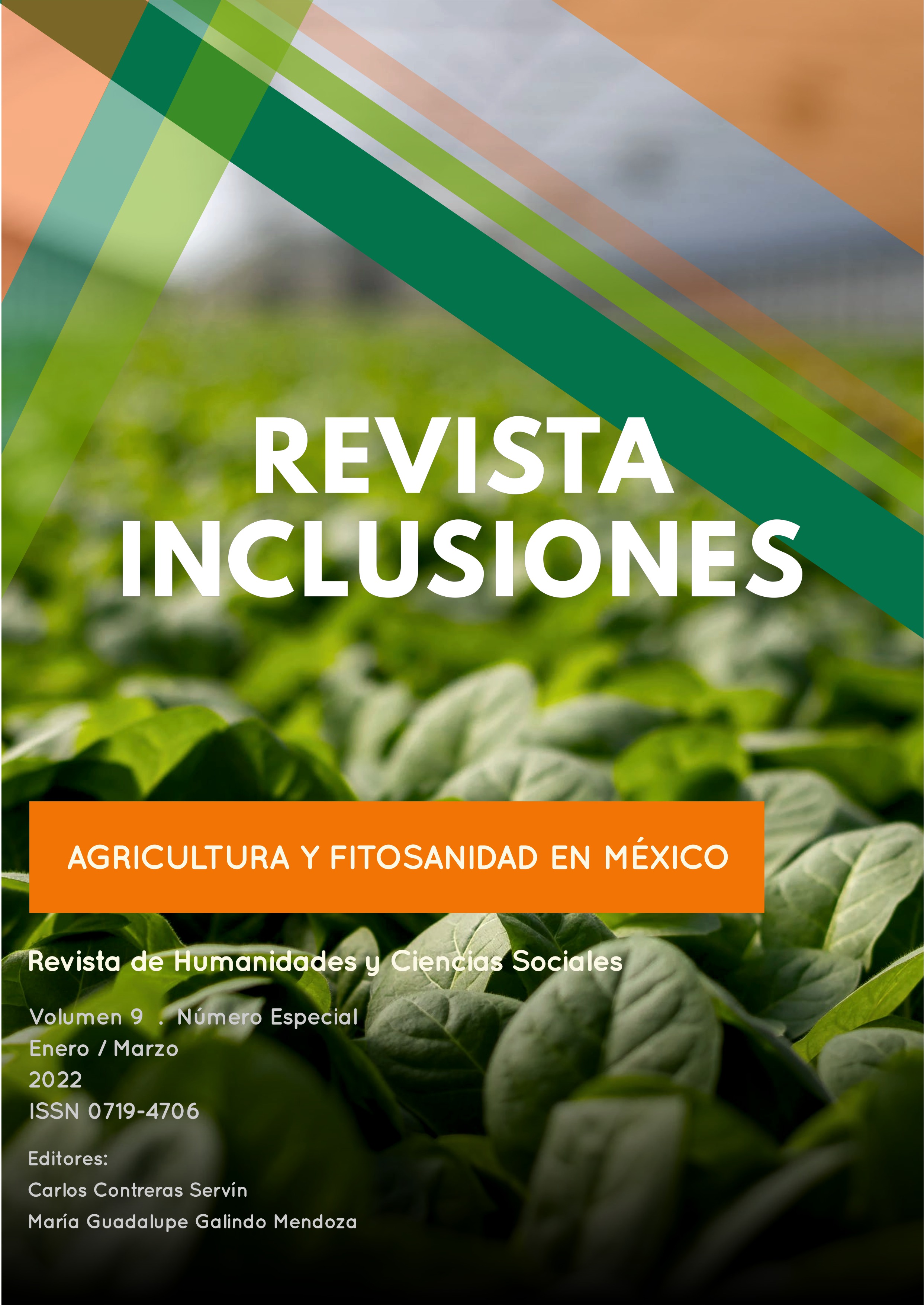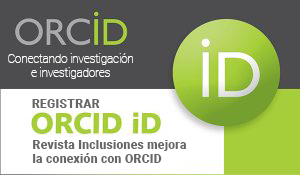THE PHYTOSANITARY REGIONS OF MEXICO AND THEIR IMPORTANCE FOR EPIDEMIOLOGICAL SURVEILLANCE
Abstract
Traditionally, the phytosanitary spatial analysis of the country has been determined based on the tradition and productive potential of the crops of the states, without the analysis of this information being based on diagnoses. For this reason, it is necessary that the targeting of actions and activities
be based on geographical criteria. The region is accompanied by a series of its own characteristic elements, because every territory is made up of physical, geographic, hydrographic, orographic
elements, flora, soils, natural resources, etc., to name a few. These elements are complemented by specific categories that allow the relationship between regions, such as: type of agriculture, pastures, pests, etc., as elements called regionalization criteria.
Published
Versions
- 30-11-2022 (2)
- 25-01-2022 (1)
How to Cite
Issue
Section
Los autores retienen los derechos de autor y otorgan a Revista Inclusiones el derecho de publicación bajo Creative Commons Attribution 4.0 International (CC BY 4.0). Esto permite el uso, distribución y reproducción en cualquier medio, siempre que se otorgue la debida atribución al autor.











